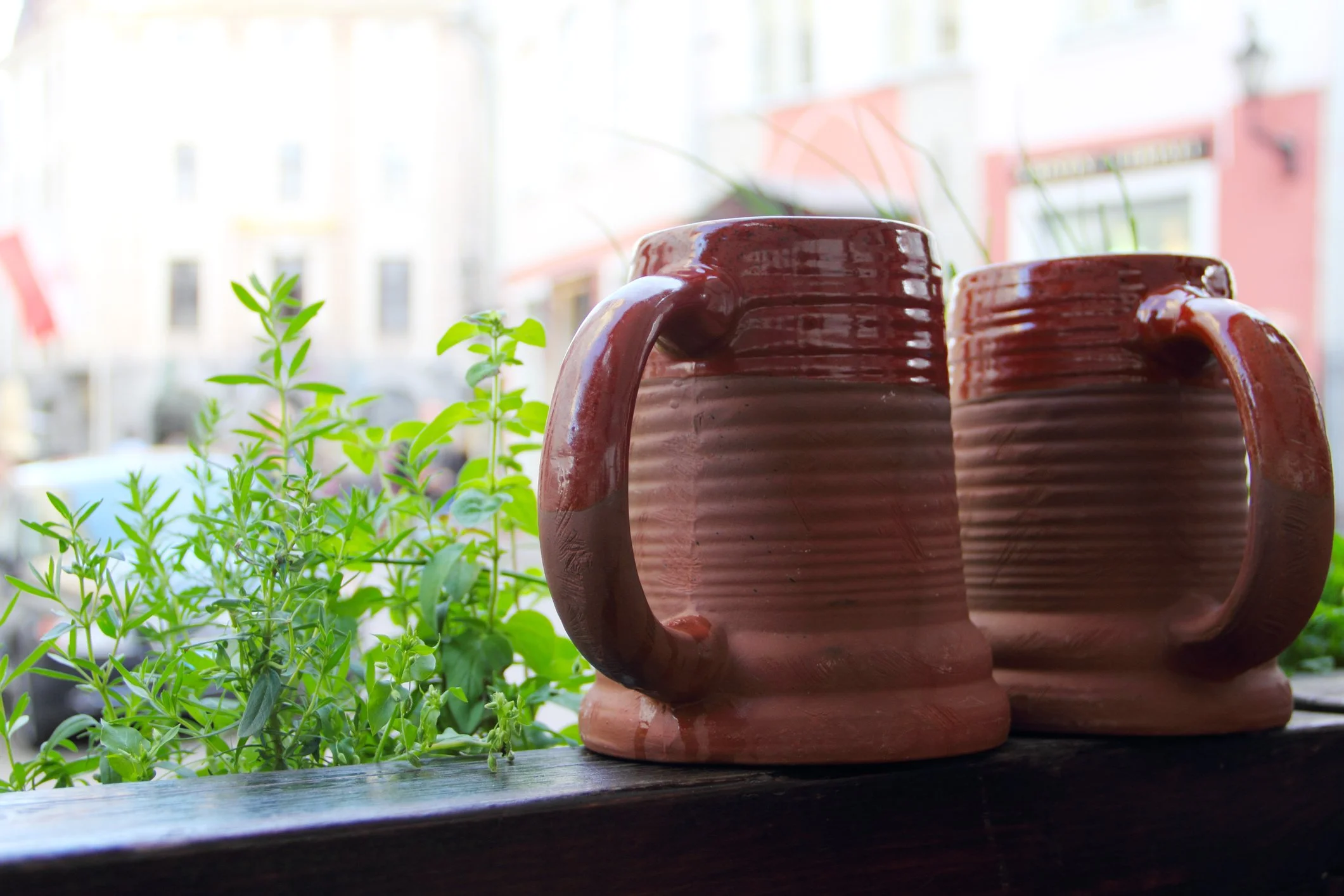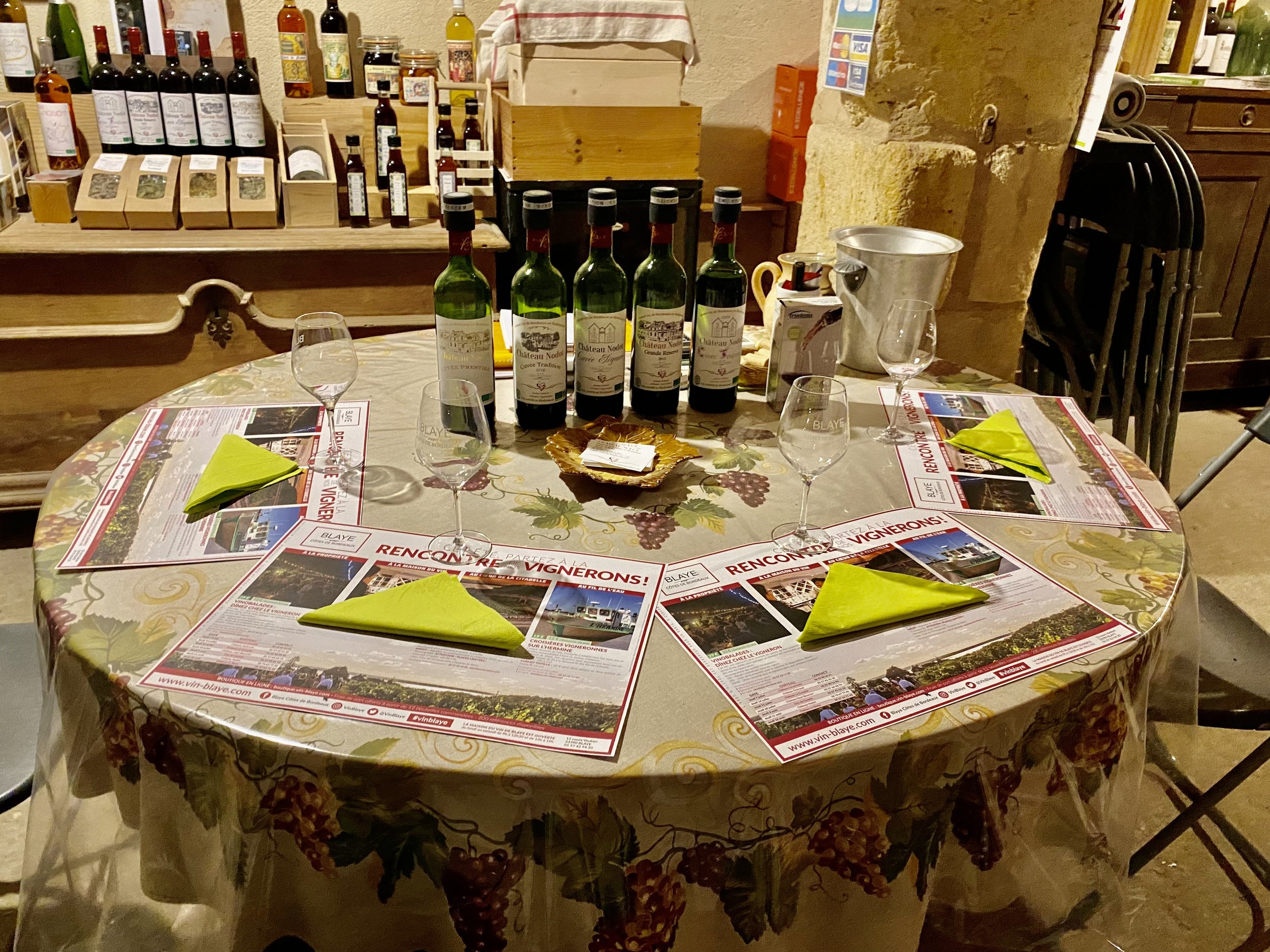A Sipping History - Beverages throughout the Medieval Era
When we think of Medieval society, the images in our mind are of kings, knights, battlefields, and castles with magnificent halls for feasting. While food played an important role in the daily lives of people during this era, beverages were equally important.
In fact, medieval beverages were more than just liquid refreshments, they were integral parts of daily life, culture, celebrations and medicine. Each sip carried with it a glimpse into society’s values and traditions.
Join me on a fascinating journey from the humble alehouse to the grand feasts held in royal courts, as I discover the interesting world of medieval beverages.
Ale - A Staple of Medieval Life
The production and consumption of ale in medieval Europe was so widespread that it was considered a staple of daily life for all classes. It was common with peasants as it was the easiest and cheapest to produce, and the ingredients were plentiful as it was brewed from grain (mostly barley and oats), water and fermented with yeast. It differs slightly from beer because it does not contain hops as an ingredient. While not quite as old as wine, ale has a long history dating back to 4,000 BC, when it was known as “kui”, and formed a vital part of ancient Sumerian culture.
Originally ale was brewed on a domestic scale for use in the home but from as early as Roman Britain we see alehouses emerging as a common sight in villages and towns. The traditional function of the alehouse was that they offered lodgings and sustenance for travellers, however, it very quickly evolved into a place for recreational drinking, sociability and good fellowship.
Ale was a very important source of nutrition during the middle ages as, together with pottage and bread, it was one of the three main sources of grain in the medieval diet, particularly for the lower classes. Not all ale had a high alcohol level, ‘small beer’ had just enough alcohol to act as a preservative, while providing nutrition as well as hydration, for this reason, it would be consumed by all members of the family including children. Ales that had a higher alcohol level would be reserved for adults and recreational drinking.
Mead - Nectar of the Gods
Mead holds a unique place in medieval culture, where it has long been a treasured drink. Made by brewing honey, water and fermenting it with yeast, due to the abundance of bees required for candle wax, honey was plentiful, therefore making mead a common beverage. To give a rich and complex taste profile, it would be brewed with spices, grain mash or fruits. As in modern times, the resulting flavour would differ depending on where the honey was sourced.
Honey has been the universal source of sugar for thousands of years, which is why the earliest recorded evidence of mead being made dates back to 7,000 BC in China. Mead was well documented during the Golden Age of Greece, and we see it also becoming an important part of mythology, when it was referred to as the “nectar of the gods”. The Vikings also have a strong connection with mead as in their mythology, it is painted as having special powers.
Because the main ingredient in mead is honey, which has long been valued for its anti-inflammatory qualities, often used as a covering for wounds of any kind, mead was highly valued for its medicinal properties. It is also great for upper respiratory infections - even today the common cure for a cough or cold is a honey lemon combination.
Wine - A Beverage of Excellence
During the Middle Ages, wine was a symbol of status and elegance, a beverage that not only delighted the senses but also provided a healthier choice. The quality of medieval wine depended upon varying factors, the number of pressings, the selection of grapes and the vintage. From the initial pressings flowed a drink fit for the finest palates of the realm, a potion exclusively reserved for the greatest feasting halls, where the elite of society could revel in its allure. However, as the pressings continued, the quality decreased and these subsequent elixirs made their way into the goblets of the common folk. The difference between the wine of the upper crust and the commoner’s cup was not merely by chance, but a result of the intricacies involved in the wine-making process. Crafting the wine of the elite demanded not only lavish resources in the form of expensive equipment and storage, but also the specialised knowledge required by the winemaker. Shortage of wine also played a part in the lack of its availability, this was primarily because of the problem of wine preservation, casting a shadow over the entire process.
Wine, however, was more than just a drink; it was an elixir of remedies and a tonic for various maladies. In particular, red wine encouraged good digestion - a soothing balm for stomach and soul alike. Physicians of the era prescribed spiced and mulled wines, concoctions that held the promise of both health and indulgence. Such was the popularity of spiced wine during the late medieval period, that merchants offered for sale, bags of spices specifically tailored for wines, an aromatic revolution that cast its spell upon the European community and fueled the demand for exotic flavours. The wine trade soon developed into an essential part of many European economies. When Henry FitzEmpress, the Duke who would later ascend to the throne as Henry II, married Eleanor, Duchess of Aquitaine, the trade routes connecting central and southwest France with English shores flourished. Because of this, Gascony became a jewel in the crown of England, a region that the English monarchy held on to with an iron fist, despite losing most of the remainder of their continental possessions to the Kings of France.
Ciders/Fruit Drinks
Beyond the familiar medieval delights, a diverse array of fruit juices graced the tables, quenching the thirst of all levels of society. With each changing season, spectacular fruits were in abundance, giving forth a veritable treasure trove of flavours. These delicious juices, which were often enjoyed as non-alcoholic refreshments, were also not averse to a touch of magic, this lay in the fermentation of the fruit. This method rendered apples into the golden nectar of cider, and pears became a splendid concoction known as perry. Meanwhile blackberries and mulberries were transformed into a delicious brew called murry, and plums, with their own delicate flavour became prunelle. Each taste took you on a journey through orchards and bramble bushes, a testimony to nature’s bounty.
Tea and Coffee
While tea and coffee did find their way into medieval cups, they played a much quieter role than their alcoholic counterparts. Within the recipes of physicians and apothecaries, they often took the form of herbal elixirs, designated for the soothing of patients and the healing of mind and body. Moving forward in time, the popularity of these once-sidelined beverages increased from the waning medieval days to the dawn of the modern era.
This compilation underscores the undeniable role that a variety of beverages played in shaping the medieval palate. However, a conspicuous omission exists in this parade of drinks - water, a fundamental element of life, finds itself absent from my list, not due to its insignificance, but rather due to the risks involved in consuming it. While quenching one’s thirst with water was certainly not uncommon, a veil of uncertainty often revealed itself. Access to clean water was not always guaranteed, particularly in the lower classes of society, and the specter of water-borne illnesses was prevalent. The result being that most people’s choice of beverage came from the list above.
A Visit to a Medieval Winery
While we are immersed in the vibrant tapestry of medieval beverages, I invite you to come with me to Chateau Nodot - a winery that speaks of 11 generations of dedication to the winemaking process. Situated in the heart of the Bordeaux wine region it stands as a testament to the merging of nature and innovation. Yet this winery is not just a mere producer of wines; it is a sanctuary of biodynamics - more than a simple method of growing wines, it is a philosophy of not exploiting, but cultivating the vines in perfect harmony with nature.
At the helm of this extraordinary enterprise is Jessica, a vintner whose hands now honour the legacy carved by her parents, Bernard and Florence, over the past 40 years. As we ventured into the chateau, it was Florence, a veritable fountain of knowledge, who played host to our eager curiosity. Her wisdom and passion shone through as she took us on a journey through time, exploring the past, and the magic of wine-making. Amidst the barrels and vines, laughter erupted like bubbles in champagne, blending easily with the clink of glasses as we tasted many tantalising delights. It was during this tasting that Florence unveiled the real hidden treasure, we were transported to an era when wines wore the cloak of spices and herbs - the wines of the Middle Ages. We were invited to discover wines as they were made back then. For me the highlight among these was Hypocras, a fruity red wine blended with a variety of eight oriental spices, it truly was a sip of history, a cascade of flavours that whispered tales of distant lands. The other wine that echoed with a glimpse of the past was Saugé, cleverly enhanced with a hint of sage from the chateau’s very own garden, as well as honey and a touch of spice. This particular wine was often served at the end of the meal, as its ingredients were said to aid digestion.So there we were, not merely tasting wines, but unravelling stories woven through time, a journey from vine to glass, from heritage to innovation, all painted against the backdrop of Chateau Nodot - a true testament to family tradition.
After the pleasure of that unforgettable afternoon, I knew the charm of Chateau Nodot was too unique to keep to myself, and so I have woven its magic into the itinerary for our Plantagenets in France tour. Picture this - not only the tantalising joy of wine tasting, but a continuance of the medieval theme with an authentic medieval banquet. Don’t let this tale be told without you. Avoid disappointment, secure your place now.
I really hope you have enjoyed reading this blog, if so please comment and share with your friends.
Max
Medieval Table & Glasses photo Dreamstime Photos - © Fotocelia, Clay Beer Mugs photo Dreamstime Photos - © Lubastock, Honey Mead photo Dreamstime Photos - © Verastuchelova, Wine Bottles photo © Plantagenet Discoveries, Apple Cider photo Dreamstime Photos - © Og-vision, Wine Tasting Table photo © Plantagenet Discoveries






